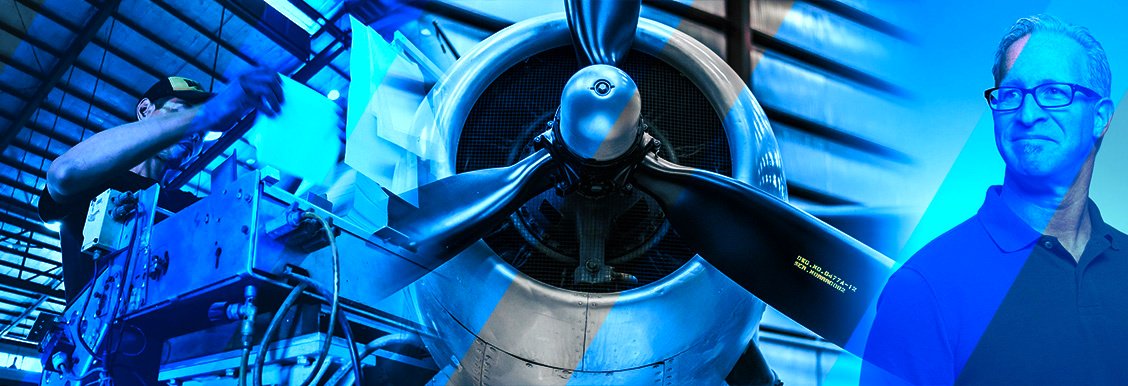Coast to Coast Production Control
Contracting more orders than you have the resources to complete seems like a great problem to have to most manufacturers. However, it’s the...

When problems crop up in production, savvy manufacturers immediately search for a solution.
Many turn to manufacturing software like Manufacturing Execution Systems (MES) or begin looking to their existing Enterprise Resource Planning (ERP) system for the functionality they are missing. Confusion creeps in at this point. As software providers expand their offering through development and acquisition, the lines blur between MES and ERP.
Removing the confusion and clearly defining the roles of the MES and ERP will eliminate this problem and help as companies plan for the future of their business.
Just as no accountant should ever use an MES to balance the books or run financials, no ERP will ever offer the functionality necessary for complex manufacturing. It can’t be done.
The MES delivers the workflow-based functionality required for discrete manufacturing. With a system based around the production value chain, it manages work and operations, and links data in a production cycle. Mistakes and quality escapes are flagged, allowing rework paths to be implemented. You can send a bill through an MES, but it’s not the optimal solution to billing.
The front office requires transaction-based functionality for financials, customer management and human resources. Data is input and tagged, creating data links, but at that point the process stops. There’s no workflow control because it’s not necessary. You could track a change order in a transaction system, but inefficiencies will cause the shop floor to struggle.
Some companies market their products as a “Manufacturing ERP.” They offer minimal manufacturing functionality tacked onto their core ERP product, often as a pricey module. It looks great in demos and claims to support some production processes, but a transaction system will never deliver the workflow control and visibility discrete manufacturers need. The inefficiencies result in “workarounds” your operators develop to overcome features that don’t work.
Many companies initially turn to their ERP for manufacturing solutions, mistakenly believing a single software solution will lower costs and IT requirements. It doesn’t. A supplier selling an MES and ERP solution has either put a shiny “MES” veneer on top of basic ERP functionality or purchased an existing MES and completed an integration that you can’t control and they won’t be updating. You end up with an expensive solution with built-in inefficiencies, expensive upgrades, and gaps in manufacturing functionality.
The ERP and MES are separate, standalone systems that work best together when the user (your company) designs the integration points. This way, your front office has a software solution designed and built for their needs. Similarly, the shop floor and production team have the specialized functionality, visibility and control to keep up with the pace and complexity of manufacturing.
Since you aren’t buying expensive modules or customized functionality to awkwardly extend a software solution, you lower the overall cost. You have a clear upgrade path for both the MES and the ERP, and never struggle with an outdated solution.
Your company works from an integrated, cohesive production and business database. The reports use accurate data, sourced from the systems best positioned to collect and intelligently link information to increase production and efficiency while cutting costs.
Once you’ve decided to eliminate inefficiency and embrace data-driven, smart manufacturing with a system like Quantum, the next question is where to begin.
Many mistakenly believe a software infrastructure project must start with the ERP, but the truth is it often makes more sense to implement an MES first.
Companies report a much quicker ROI for manufacturing software. The right manufacturing system will cost significantly less than an ERP, can be installed quickly and will pay immediate dividends through cost savings, and lower scrap and waste. The MES will reduce the scope and cost of the ERP by clearly defining the requirements of the enterprise system. With the MES in place, you won’t be pressured to purchase additional modules or software.
With manufacturing software you shield production from the disruption that often accompanies an ERP installation or upgrade. You can safely update other software when you are ready, with the comfort that your production data and shop floor are secure.
Want to know more, or see what benefits you will discover with manufacturing software? Contact CIMx for a free shop floor analysis with one of our Application Engineers. As always, the report is yours even if you decide Quantum isn’t the system for you.

Contracting more orders than you have the resources to complete seems like a great problem to have to most manufacturers. However, it’s the...

The majority of manufacturers schedule their daily work one of two ways: color-coded spreadsheets or magnets on dry erase boards. It isn’t ideal, but...

You wouldn’t allow your competitors to walk your floor and rifle through your files, so why allow strangers to access your data by placing it in the...